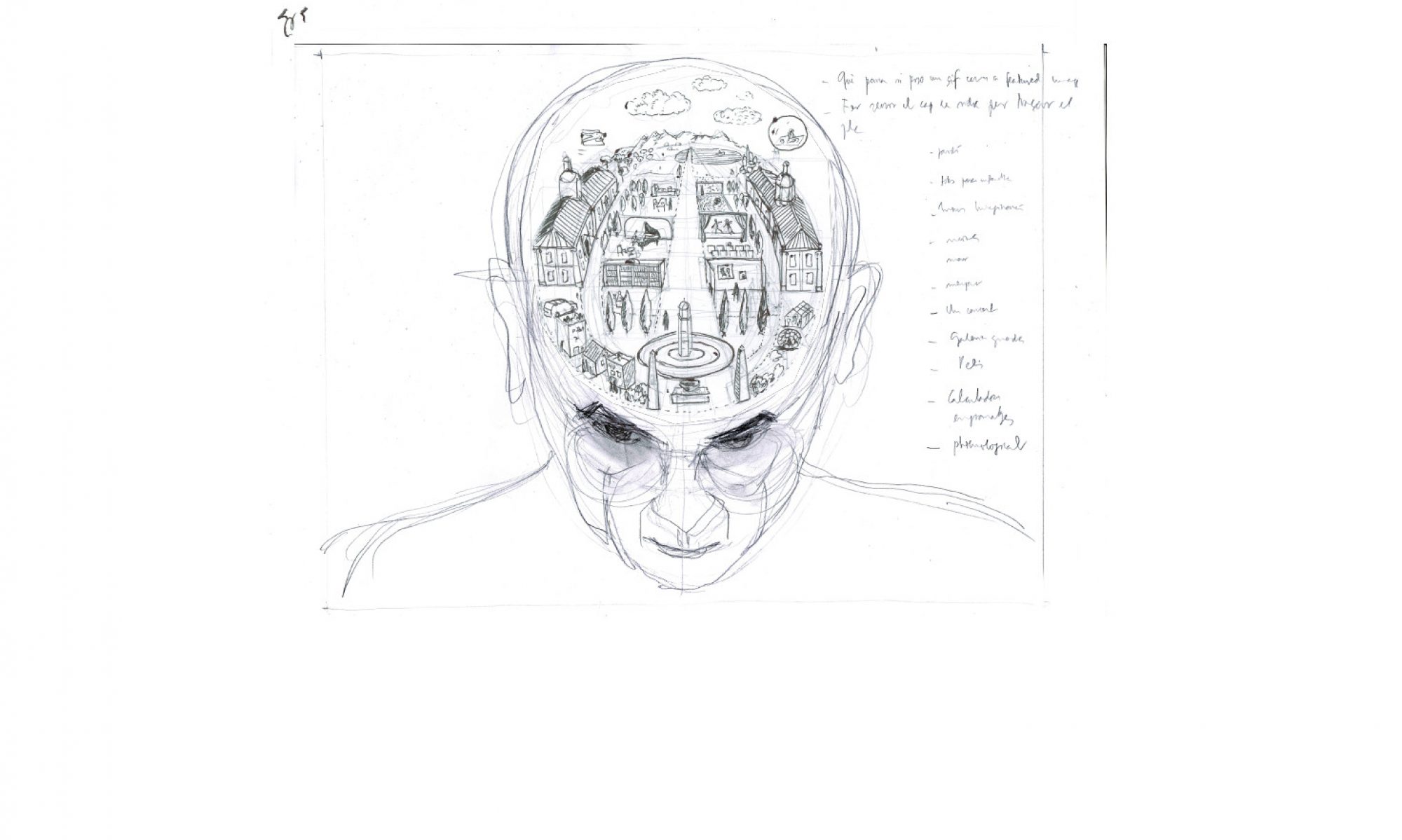[esborrany]
Serialism, as a musical form, is a compositional technique that uses a fixed sequence of elements—often pitches, but sometimes dynamics, rhythms, or other musical aspects—as the foundation for a piece. It is most closely associated with the 20th-century avant-garde, particularly the work of composers such as **Arnold Schoenberg**, **Anton Webern**, and **Alban Berg** (the Second Viennese School).
### Key Features of Serialism
1. **Twelve-Tone Technique**:
– Serialism began with Schoenberg’s twelve-tone technique, which ensures that all 12 notes of the chromatic scale are treated equally.
– In this system, a specific sequence of the 12 pitches (called a **tone row**) is arranged in a particular order.
– This row serves as the basis for the entire composition, appearing in its original, inverted, retrograde (backward), or retrograde-inverted forms.
2. **Avoidance of Tonality**:
– Serialism seeks to move beyond traditional tonal systems (major/minor key centers).
– By using a structured, pre-determined order of notes, it avoids the gravitational pull of tonal hierarchies.
3. **Application to Other Musical Elements**:
– In **total serialism**, the concept extends beyond pitch to include rhythm, dynamics, timbre, and articulation.
– Composers like **Olivier Messiaen**, **Pierre Boulez**, and **Karlheinz Stockhausen** expanded serial principles in this way.
4. **Rigorous Structure**:
– The appeal of serialism lies in its mathematical rigor and potential for complex interrelationships within a piece.
5. **Aesthetic Goals**:
– Serialism often seeks to break free from emotional and narrative constraints, focusing instead on abstract and intellectual musical structures.
### Historical Context
Serialism emerged as a reaction to the perceived exhaustion of the tonal system that dominated Western music for centuries. It developed during the early 20th century, when many composers sought new ways of organizing sound to reflect the complexities of modern life and art.
### Examples
– Arnold Schoenberg’s **Suite for Piano, Op. 25** (1923) is an early example of twelve-tone serialism.
– Anton Webern’s concise, pointillistic works, such as his **Symphony, Op. 21**, explore the expressive potential of the twelve-tone technique.
– Pierre Boulez’s **Structures I** is a hallmark of total serialism.
Serialism remains a significant part of contemporary music, though its strict application has been debated and evolved over time.
